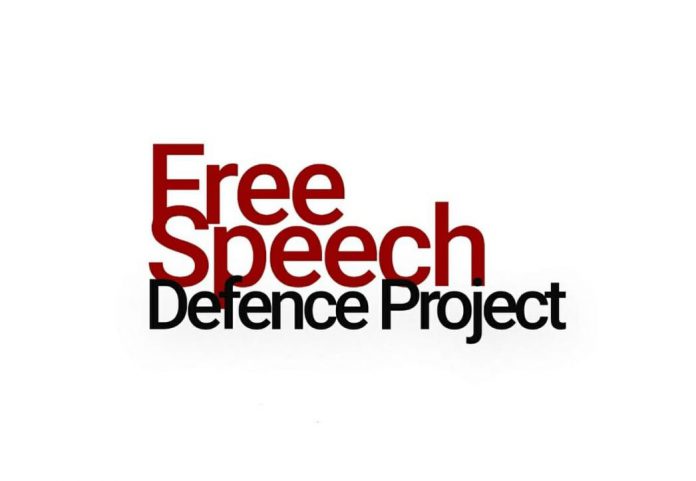The coronavirus pandemic gave way to an improbable musical collaboration between Kashmiri and Iranian artists in the United States.
Kashmiri Sufi singer Qaiser Nizami was stranded in the US after he had gone to perform Kashmiri music and recite poetry at a university there, in March—an event cancelled due to the pandemic. “The situation kept worsening and the programme was later converted into a live session about Kashmiri poetry,” he said.
Mr. Nizami was introduced to an Iranian-American music producer, Ehsan Matoori, by his host, Dr. Sadaf Munshi, a professor of Linguistics at the University of North Texas.
Mr. Nizami was stranded in the US after airplanes were grounded but the meeting lifted off and brought him alongside prominent Alireza Ghorbani in their first song called Nazninay, which translates to “my beloved”.
The music video is being released today. “I performed ‘Pur Mah’ (full moon) written by Kashmiri poet Ibrahim Miskeen in front of them and that is when they decided to collaborate and recreate this song,” said Mr. Nizami. “They immediately wrote an [Farsi] parallel to the meaning of this song and eventually it was decided that Alireza Ghorbani would sing with me.”
The production is part of a larger ongoing multilingual, multi-cultural project called ‘The Voices and Bridges’ founded, composed and arranged by Mr. Matoori.
“The Voices and Bridges uses melodies and poetic traditions from different cultures across the globe as an inspiration to carve soul-touching and mellifluous compositions,” said Mr. Matoori. “I really loved [the line] pur mah choan nur-e-jabinay, yaar myane nazninay (your glowing forehead is like full moon. O, my beloved).”
Mr. Matoori said that Dr. Munshi helped him understand the meaning of poetry. “The melody for this song was composed by Mr. Nizami. It was a beautiful melody,” he said. “That is when I decided to create Nazninay inspired by that poetry.” For Mr. Matoori, Nazninay is a bilingual musical composition that he made partly inspired by Pur Mah. “I crafted the story using excerpts from the Kashmiri ghazal written by Ibrahim Miskeen and a Farsi poem Beneshīn Marā ‘Stay with me’ by Fereydoun Moshiri.”
The lyrics are based on compositions of different time periods from various parts of the world by prominent poets such as Borges, Iran’s Nima Youshij, Chile’s Pablo Neruda, India’s Rabindranath Tagore, Turkey’s Nazim Hikmet, France’s Pierre Reverdy, Germany’s Margot Bickel, and Kashmir’s Lal Ded.
After the lyrics were written and the melody was created, said Mr. Matoori, the song was finally recorded, and with that Iranian director, Afshin Hashemi was roped in for the music video. “When I was invited to join this project by Mr. Matoori, I asked to listen to the music first,” said Mr. Hashemi. “As soon as I heard the song, I had no doubts about doing it.”
Mr. Hashemi likened the collaboration to a “dialogue” between the cultures of Iran and Kashmir. “[It] was another reason why I was sure about making the video,” he said, adding that there were commonalities between the two cultures. “So when one asks what is Nazninay, it is really familiar for me. We have this word in our language too with minor differences.”
Both Mr. Hashemi and Mr. Matoori believe that there are a lot of cultural similarities in Kashmir as well as Iran which shows in the poetry and music of both the places. The Iranians, who speak Farsi, pronounce it as ‘naazaneen’ while Kashmiri pronounce it as ‘nazninay’, said Mr. Hashemi, adding that: “It has a deep meaning in my culture too.” He chose to bring together choreographers from different ethnic backgrounds—Indian, Iranian, and African-American—to create a multicultural setting, shot in Tehran and Chicago.
“For me, there were three languages in this song, that is, Kashmiri language, Persian language, and a musical language, which is why I chose dancers from different backgrounds,” said Mr. Hashemi. “If some actors and directors from Kashmir want to perform my plays, it will be a gift from an Iranian playwright to them. I would love to collaborate with Kashmiris and I look forward to it.”
For Mr. Nizami, his first experience of collaborating with international artists has boosted his confidence. “One cannot understand his own potential unless he is challenged. I was surprised with my own potential,” he said. Sitting with them and singing with them was a big deal. Their technology is so advanced.”
For the ensemble, the music video is coming out during the pandemic as a “source of love for the whole world.”
“There is no guarantee if we will be here tomorrow or not,” said Mr. Matoori. “So, spread a message of peace and harmony. The language of music and poetry is universal. It connects us all. It builds bridges of love.”
All artists are currently based in the United States and spoke to The Kashmir Walla over the messaging applications.
The Kashmir Walla needs you, urgently. Only you can do it.
We have always come to you for help: The Kashmir Walla is battling at multiple fronts — and if you don’t act now, it would be too late. 2020 was a year like no other and we walked into it already battered. The freedom of the press in Kashmir was touching new lows as the entire population was gradually coming out of one of the longest communication blackouts in the world.
We are not a big organization. A few thousand rupees from each one of you would make a huge difference.
The Kashmir Walla plans to extensively and honestly cover — break, report, and analyze — everything that matters to you. You can help us.






